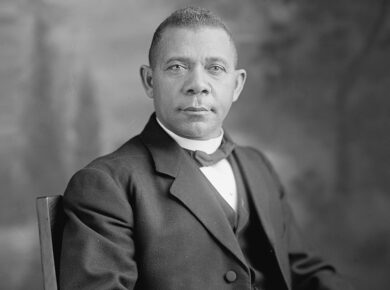Gordon Parks’ The Learning Tree (1969) stands as a cornerstone in Black cinema and American film history. The Learning Tree resilience is a testament to the enduring strength of the human spirit and the power of storytelling. By showcasing themes of resilience, identity, and systemic injustice, Parks creates a narrative that continues to inspire. Adapted from his semi-autobiographical novel, the film chronicles the coming-of-age journey of Newt Winger, a Black teenager facing challenges in 1920s Kansas.
A Trailblazing Achievement in Black Cinema
As the first African American to direct and write a major Hollywood film, Gordon Parks broke significant barriers with The Learning Tree. This achievement was more than just a personal success; it was a cultural milestone. Parks’ creative control extended beyond the story itself. For example, he shaped the film’s tone and aesthetic to reflect authenticity and cultural nuance. His work redefined Black representation in Hollywood, paving the way for future filmmakers like Spike Lee and Ava DuVernay.

Plot Overview and Key Themes
Set in rural Kansas, The Learning Tree captures the struggles of growing up Black in segregated America. Its exploration of family, community, love, and justice resonates with audiences even today.
- Coming of Age: Newt Winger’s journey highlights universal struggles, including friendship, romance, and self-discovery. However, these experiences are deeply intertwined with the unique challenges of Black youth in the Jim Crow era.
- Racial Injustice: The film portrays systemic racism, from economic exploitation to judicial bias. As a result, it serves as a stark reminder of historical inequities that persist.
- Resilience and Hope: Despite adversity, Parks emphasizes resilience and hope. His narrative celebrates the strength of Black families and communities.
Cinematic Excellence

Gordon Parks’ background as a renowned photographer influenced every aspect of The Learning Tree. His visual storytelling and attention to detail elevated the film to a masterpiece.
- Visual Storytelling: Parks juxtaposes expansive Kansas landscapes with intimate close-ups. This technique reflects the tension between freedom and constraint in Newt’s life.
- Symbolism: The titular “learning tree” represents growth, knowledge, and resilience. As a result, it anchors the film’s core themes.
- Musical Score: Parks also composed the film’s score. His soulful melodies and poignant undertones deepen the emotional resonance of the story.
The Historical and Cultural Impact

Released during the Civil Rights Movement, The Learning Tree arrived at a pivotal moment in American history. It challenged Hollywood’s marginalization of Black narratives by proving the commercial viability of Black stories.
In addition, the film serves as an educational tool. It sheds light on systemic challenges faced by Black communities in the early 20th century. Its enduring themes of resilience, identity, and justice make it essential for discussions on race and cultural understanding.
Why The Learning Tree Resilience Matters Today

More than five decades later, The Learning Tree resilience continues to inspire. Gordon Parks masterfully intertwines personal experiences with universal themes. Consequently, the film transcends time. Its exploration of identity and justice offers valuable lessons for contemporary audiences. Above all, it reminds us of the ongoing struggle for equality and the strength of the human spirit.
Conclusion
The Learning Tree is more than a film—it is a cultural milestone. By celebrating the resilience and dignity of Black life, Gordon Parks’ groundbreaking work reflects on the past while inspiring hope for a more inclusive future. As one of the first films to authentically portray the complexities of Black identity, The Learning Tree holds a unique and enduring place in American film history.






